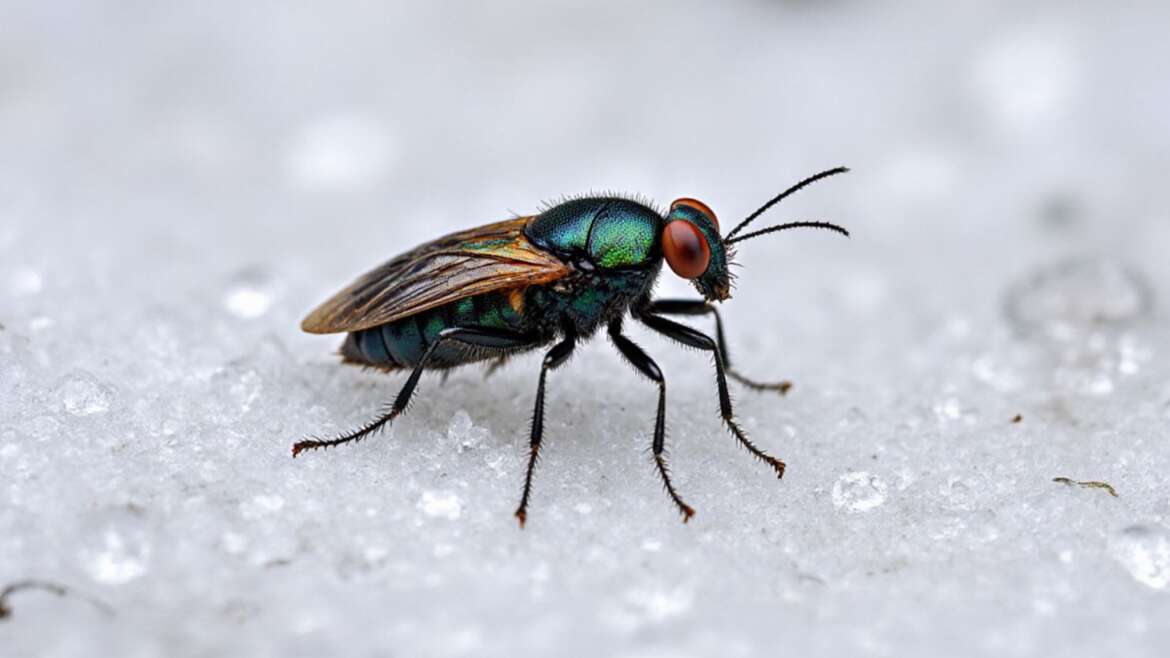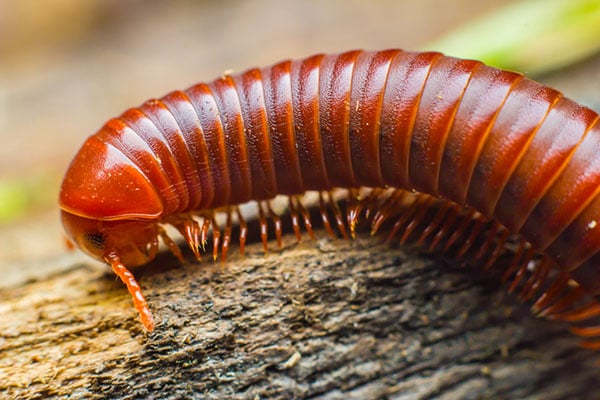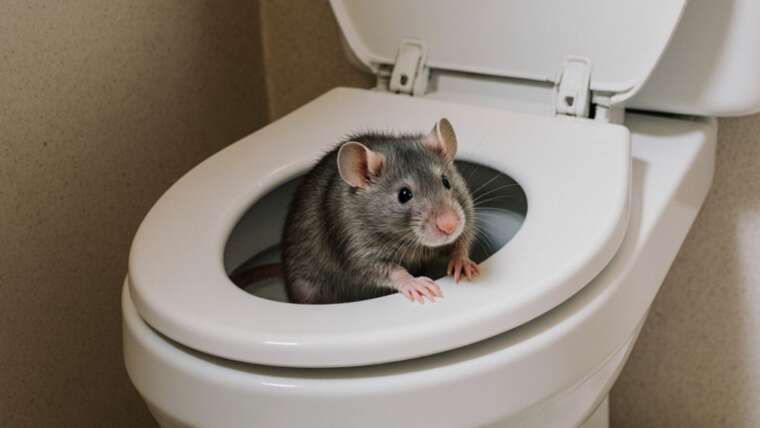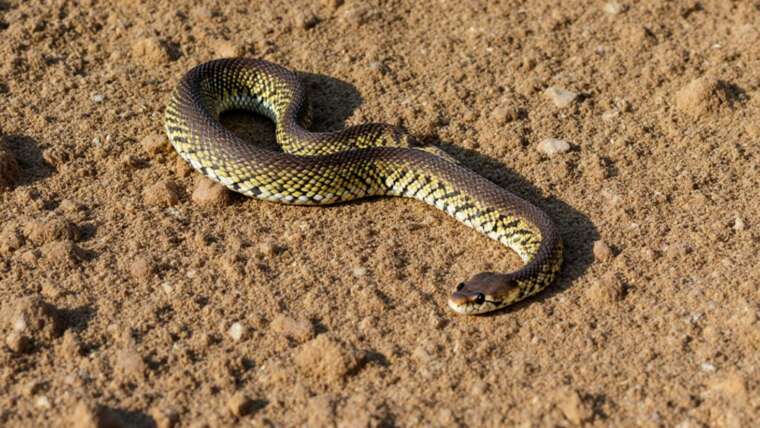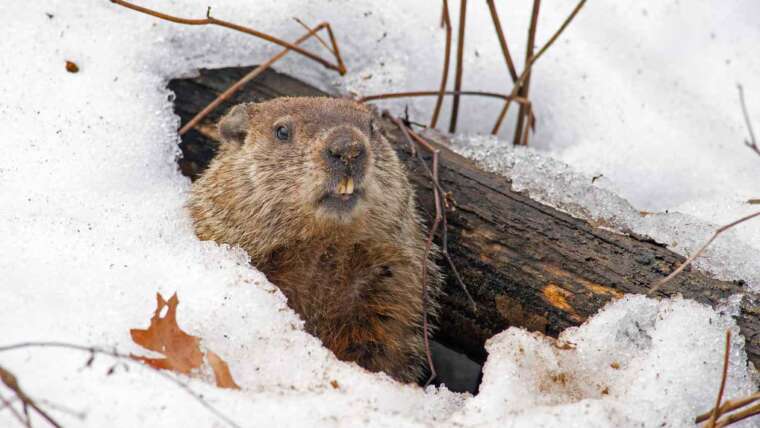As winter descends and temperatures dip, many insects face a formidable challenge: survival. Expanding on a basic understanding, it’s fascinating to uncover how various arthropods cope with the cold. Did you know that environmental temperatures heavily influence the mobility and distribution of these species? Exothermic by nature, insects like cockroaches, spiders, ants, and mosquitoes rely on their surroundings for warmth and movement. Seasonal temperature shifts can dictate their behaviors—some die, while others migrate or enter a state known as diapause, a type of dormancy akin to hibernation.
Tip: Keeping a pest control log can help in understanding pest activity and help tailor management plans specific to your locality’s winter temperatures.
Cockroaches
Cockroaches are notorious for their resilience. Most species find temperatures below 15°F unbearable, prompting them to seek refuge indoors, often in basements and crawl spaces. The Yamato cockroach, however, has a remarkable adaptation that allows it to remain active even in sub-zero conditions. Interestingly, as temperatures drop, cockroach reproduction slows, meaning while they might be around, their numbers may not grow as rapidly.
Tip: If you’ve had past infestations, consider setting cockroach bait stations in the fall to preemptively combat their entry into your home.
Spiders
The common belief is that spiders become entirely inactive in the winter, but that’s misleading. Many species remain dormant, yet some, like the black widow, can overwinter in buildings, while others like the brown recluse retreat when temperatures drop below 44°F. Spider populations fluctuate with their prey availability, as cold temperatures decrease insect activity overall.
Tip: To prevent spiders from nesting in your home, routinely check and clean out areas like attics and basements where they might seek refuge.
Ants
Ants have diverse adaptations for winter survival. Species like the red imported fire ant burrow beneath the frost line, while others, like the Argentine ant, become inactive in temperatures below 41°F. An intriguing fact is that some ants can nest near loblolly pines, which retain warmth through the winter, serving as mini-warmers for these critters.
Tip: If you see ant trails leading to your home, consider using a bait station to reduce their urge to enter, especially during fall migration.
Butterflies
Monarch butterflies present a remarkable case in winter survival. They migrate to warmer territories, such as Mexico and southern California, exhibiting a natural instinct to escape the cold. Interestingly, the butterflies that are born during shorter, cooler days are evolutionarily designed for this journey, entering a state called reproductive diapause to prepare for the long trip.
Tip: If you want to attract these beautiful insects in spring, consider planting milkweed, their primary host plant, to help support the lifecycle of Monarch butterflies.
Mosquitoes
Mosquitoes may seem less threatening during colder months, but the females enter a state of diapausing, hibernating in sheltered areas such as burrows or drains. Conversely, male mosquitoes don’t share this survival strategy and often perish in the cold. Once spring arrives and temperatures rise, female mosquitoes become active again, seeking blood meals to nourish their eggs.
Tip: To further minimize your mosquito problem come spring, inspect your yard now and eliminate potential breeding grounds like standing water.
Ticks
Ticks have a significantly varied winter adaptation strategy. Some will seek shelters where they can conserve moisture while producing substances like glycerol to fend off freezing. The American dog tick prefers hiding in leaf piles or animal burrows during winter months, while species like the black-legged tick may remain active if temperatures stay mild.
Tip: Regularly check your pets for ticks even in colder months if you’re in a region where they are active; ticks can transmit diseases year-round.
Bees & Wasps
Bees exhibit different strategies for winter survival. Honeybees form tight clusters around the queen inside their hives, generating warmth through the energetic quivering of their wings. Bumblebees, on the other hand, hibernate underground. Wasps, unfortunately, do not survive the winter but their queens seek suitable locations to hibernate prior to the freeze.
Tip: If you’re beekeeping or gardening, ensuring healthy bee populations can foster ecosystems that thrive in spring; invest in bee-friendly plants to support their return.
Overwintering Bugs
Pests like stink bugs and boxelder bugs enter diapause, much like hibernation, seeking warmth in places like attics and walls. Silverfish, unique in being active year-round, often gravitate to moisture-rich areas in our homes, feeding on glue, fabric, and paper. Their unpredictable presence can indeed become an inconvenience.
Tip: To deter silverfish, maintain low humidity levels in your house; using a dehumidifier can make it less appealing for them to settle in.
What Other Pests Are Active in the Winter?
Beyond insects, numerous winter pests—like mice, rats, squirrels, raccoons, and Bird species—actively seek refuge from temperatures that lead to a food scarcity. As these creatures search for shelter, homes can become a desirable sanctuary, even for nocturnal raccoons who may rummage through trash for a meal.
Tip: Using a natural deterrent like peppermint oil can help to repel rodents without harmful chemicals, making your home less inviting for them.
Mice and Rats
Both mice and rats are infamous winter pests. They’re adaptive and have no hibernation period, seeking warm environments. If they find food and water, they can become long-term residents.
Tip: Utilize natural repellents, such as vinegar and essential oils, around potential entry points to deter them from entering your home.
Squirrels
Squirrels remain particularly industrious in winter. They forage and stash food while building nests from natural materials for insulation. They can burrow underground when conditions become extreme.
Tip: Consider installing metal squirrel guards on trees near your home to deter them from accessing your roof or attic.
Raccoons
Though they slow down in activity, raccoons persist through the winter, often seeking dens for shelter. They may rummage through trash, so securing waste containers can minimize attractants.
Tip: Raccoons are nocturnal and tend to be more active at night; keeping outdoor lights on or motion-sensor lights can deter them.
Birds
While many bird species migrate, some, like pigeons and house sparrows, remain through winter. They adapt well to urban environments but still require nests for warmth and shelter.
Tip: Provide bird feeders with high-energy food like sunflower seeds to attract and support local winter birds.
Protect Your Home from Winter Pests
Preparing your home to ward off winter pests is essential. Preventive measures include sealing entry points, storing food properly, maintaining a clutter-free environment, and ensuring that no standing water is present.
At Terminix, we recognize that pests actively seek warmth during winter months, leading to potential problems if left unchecked. Our qualified technicians employ advanced methods to identify and eliminate pests before they can take root in your home. With dedicated winter pest control services, you can rest easy knowing your residence is safeguarded against unwelcome guests all year long.
Tip: Regular inspections by pest control professionals can help keep your pest situation manageable and issues at bay, ensuring your home remains your sanctuary.

